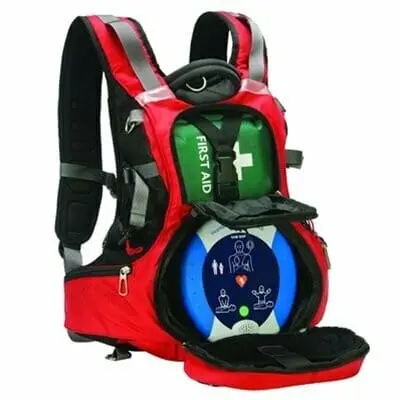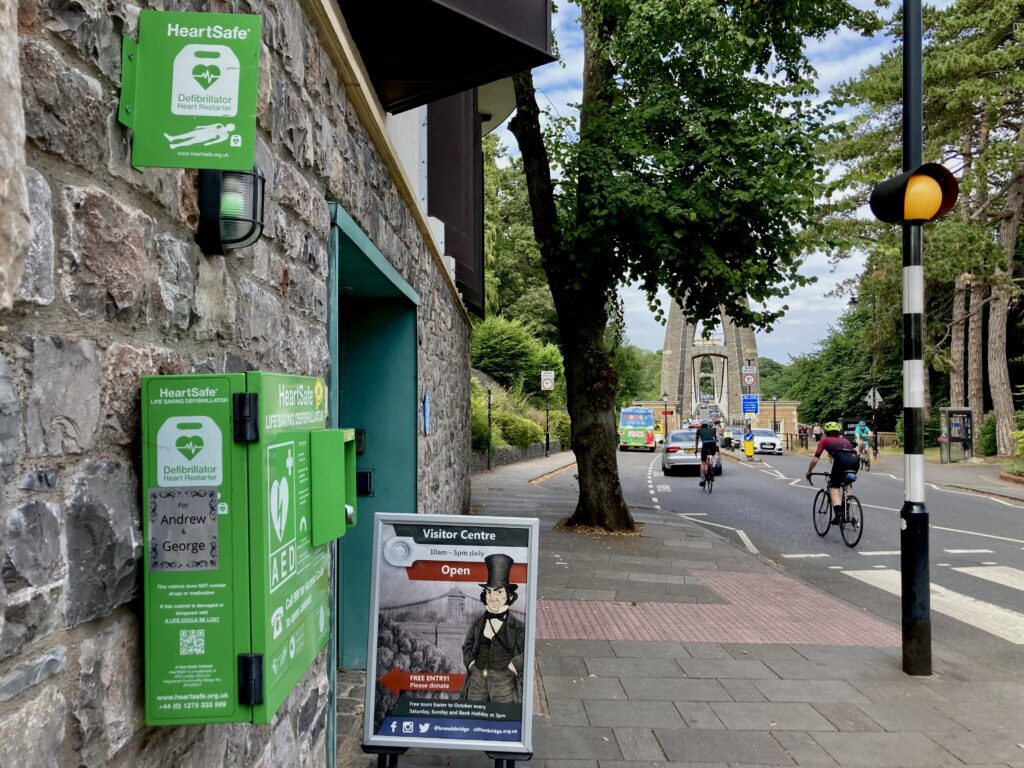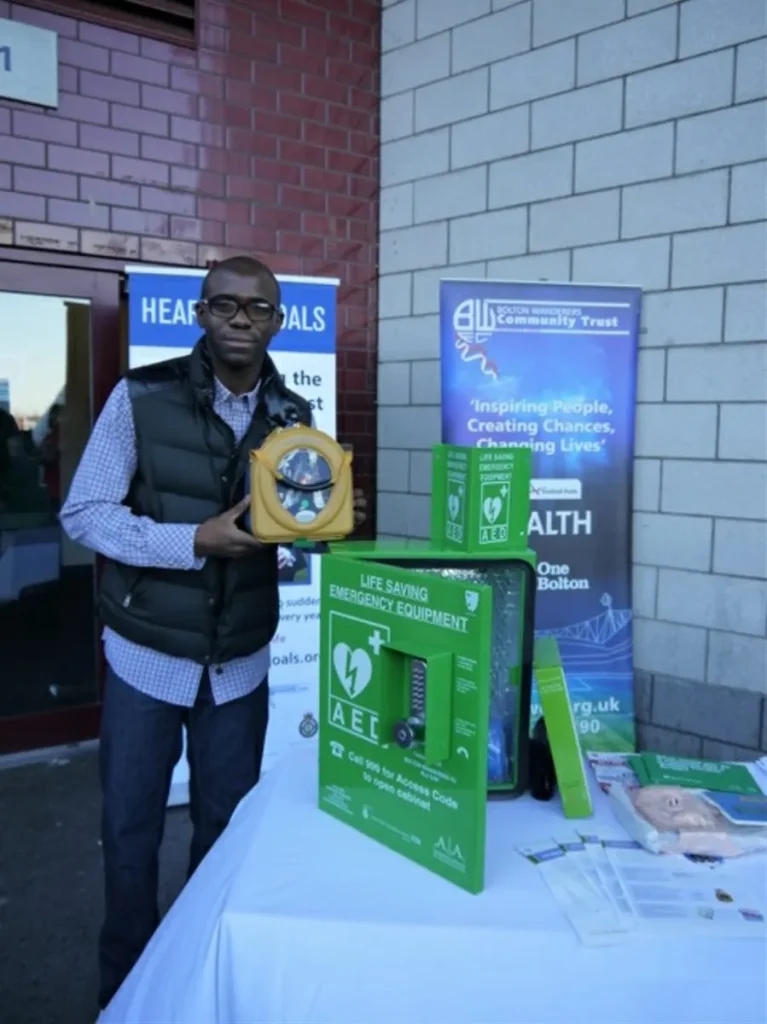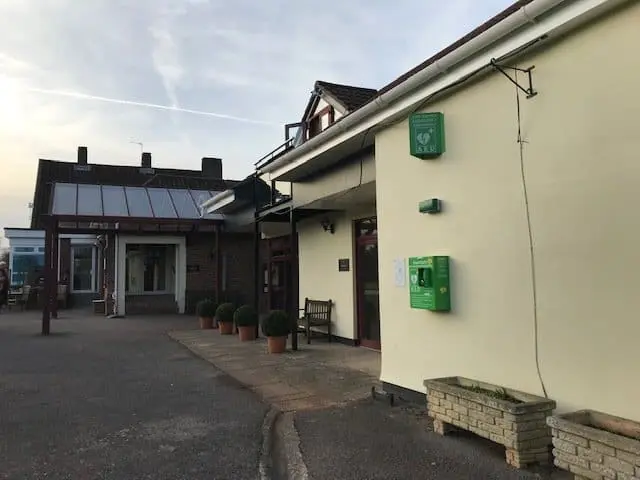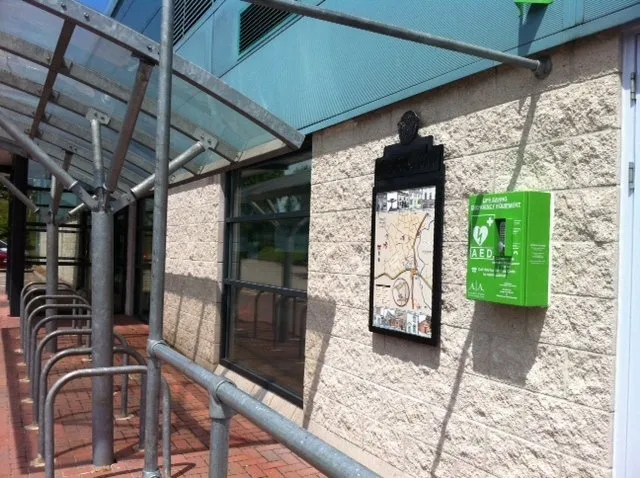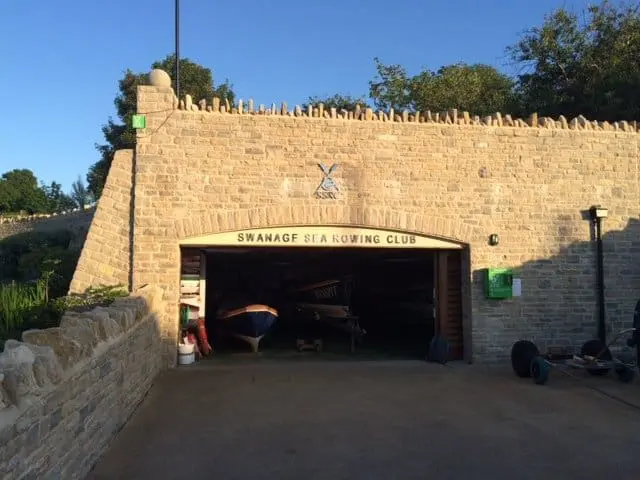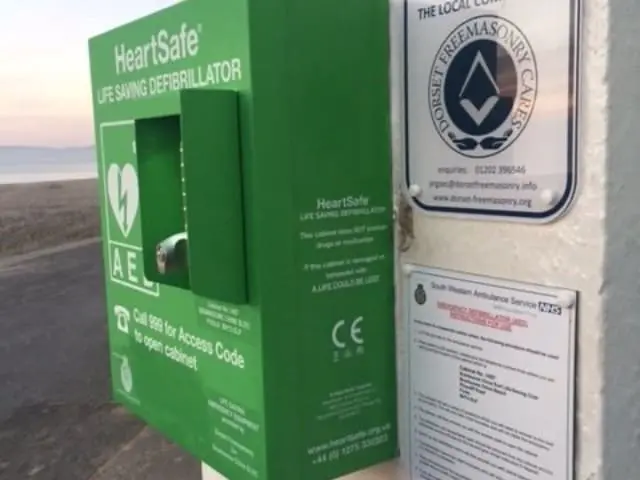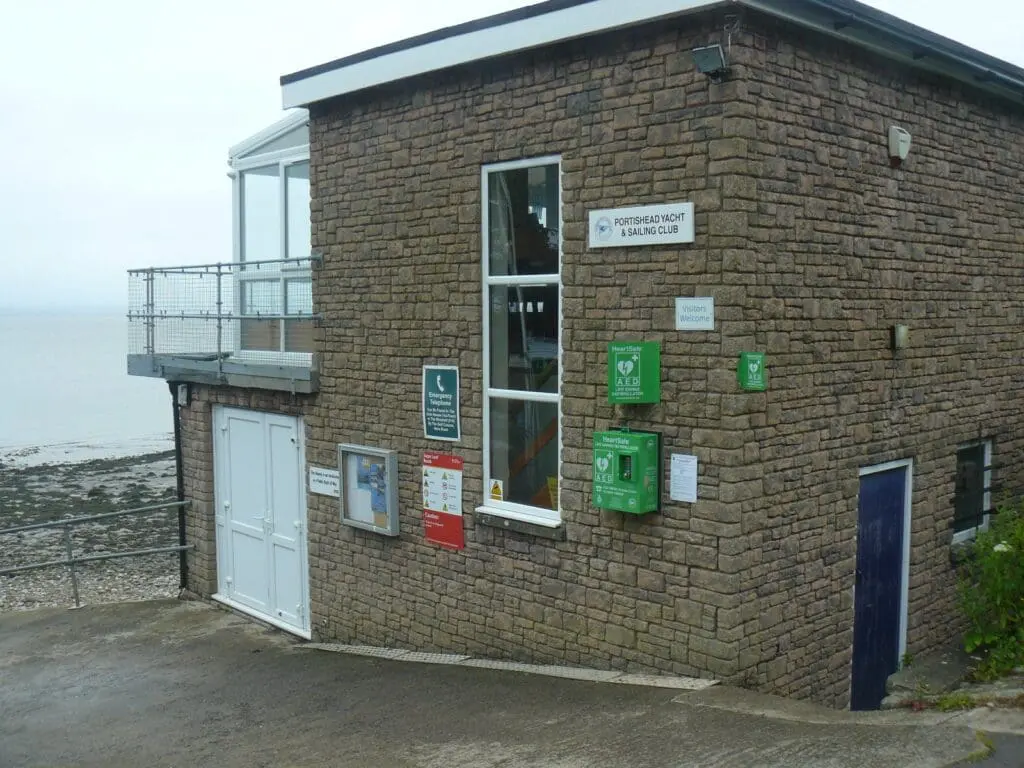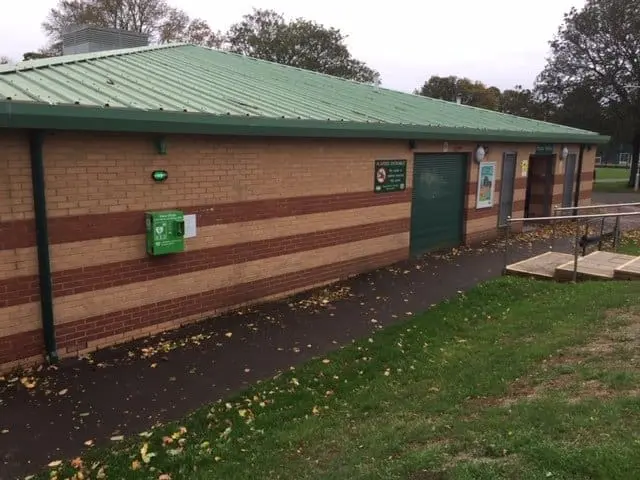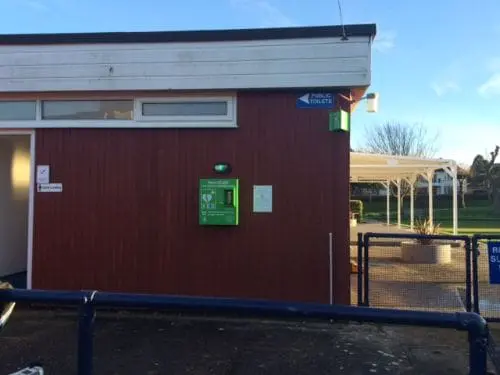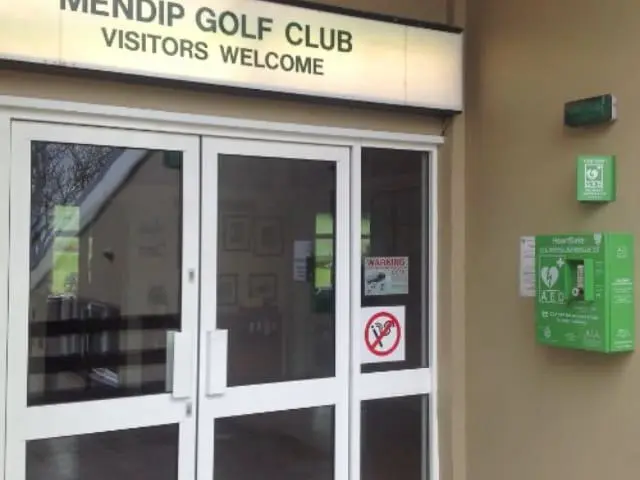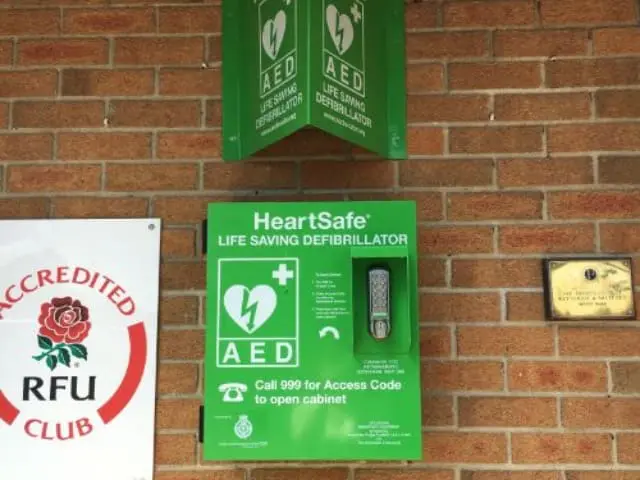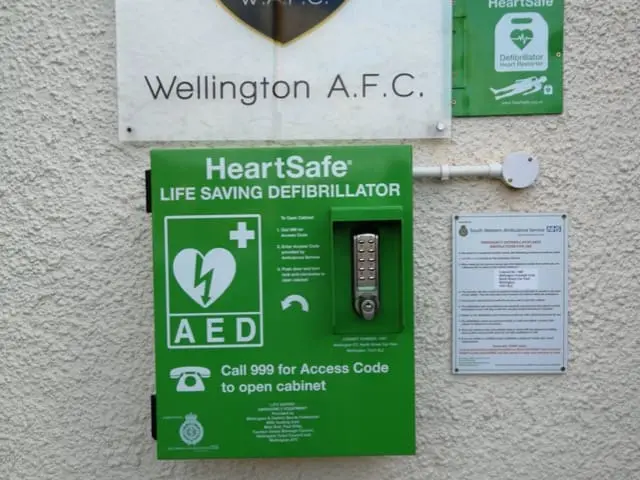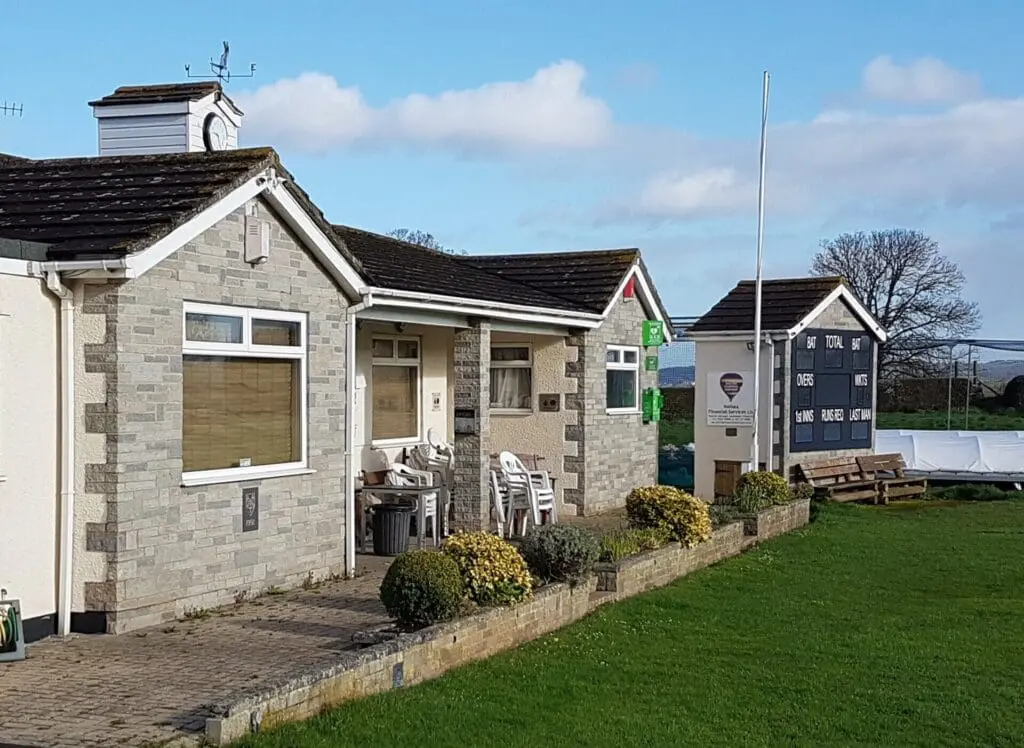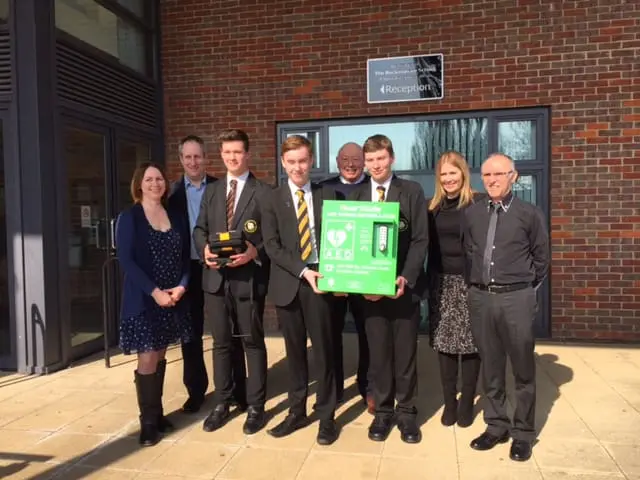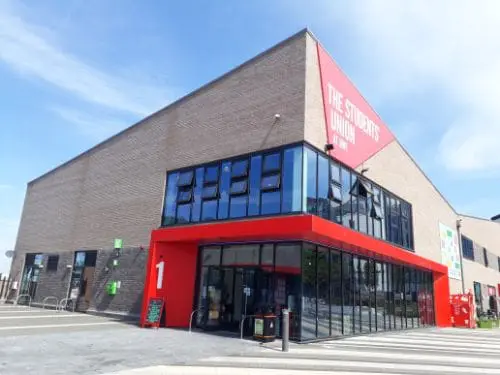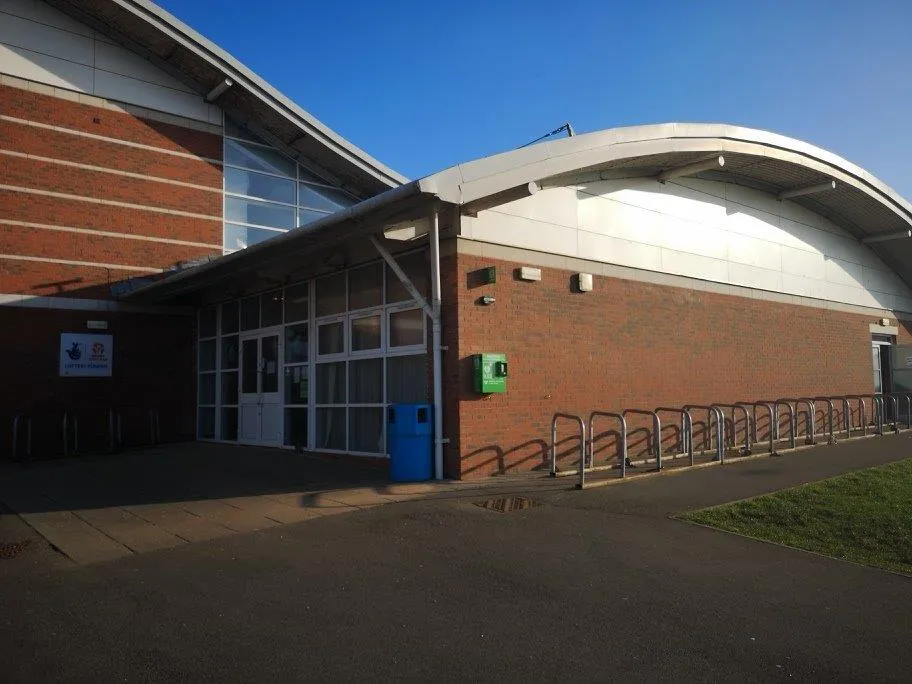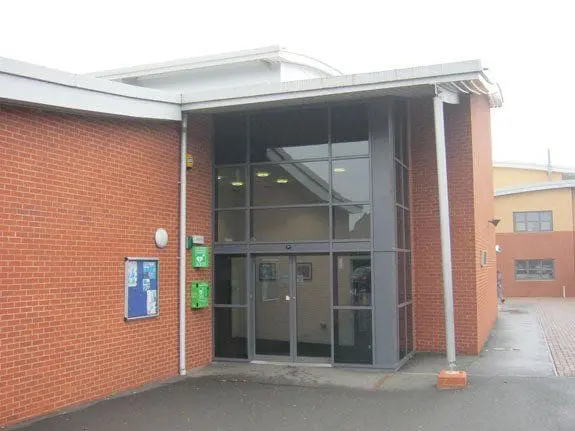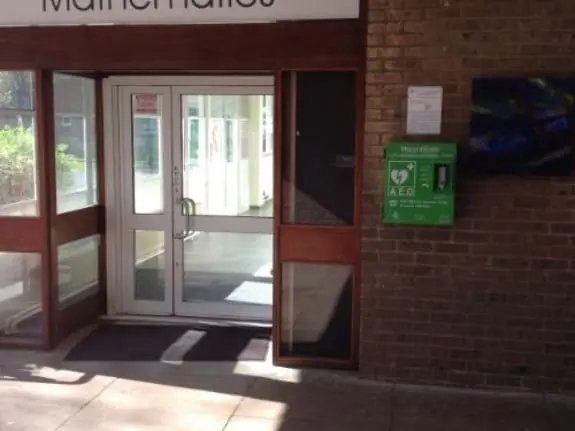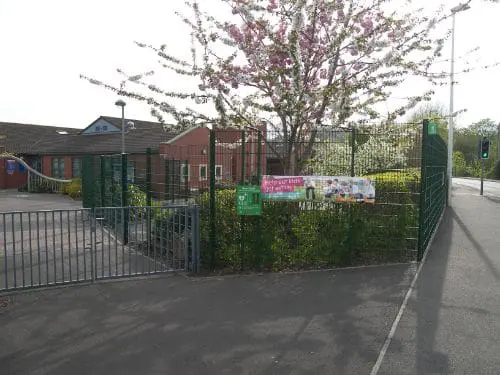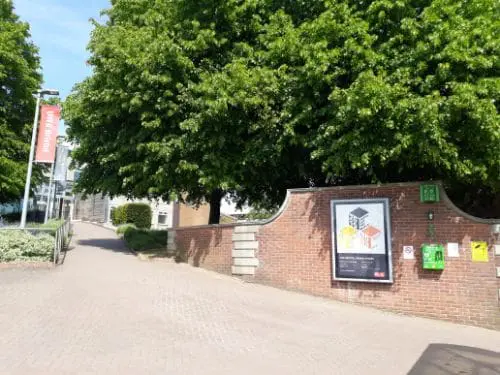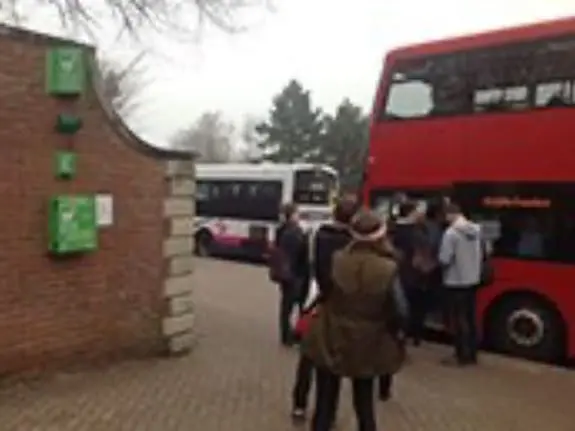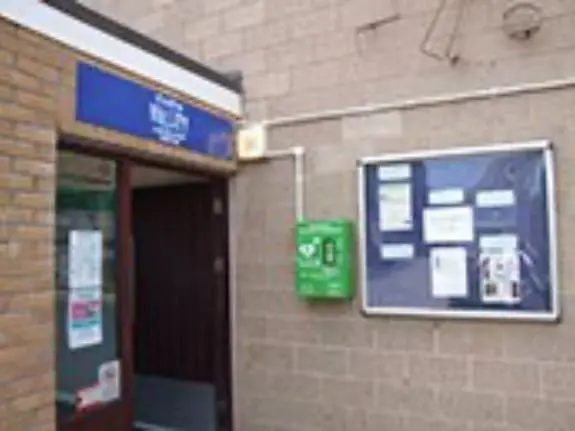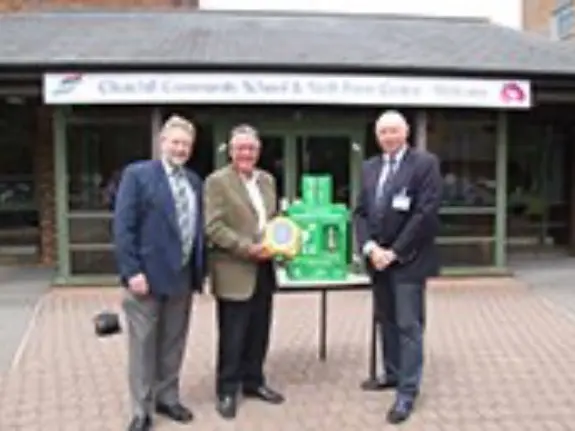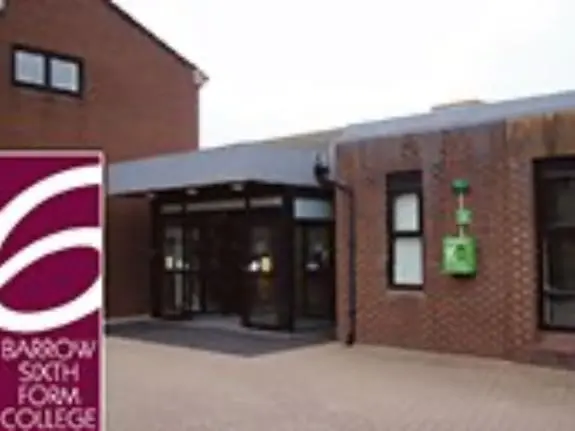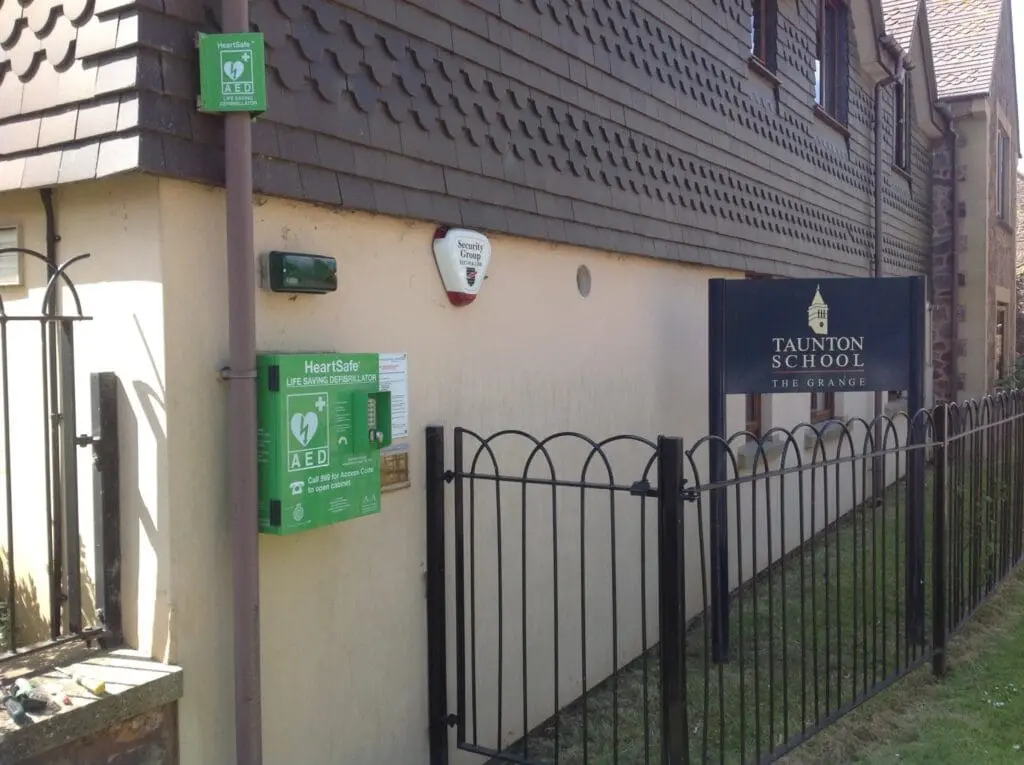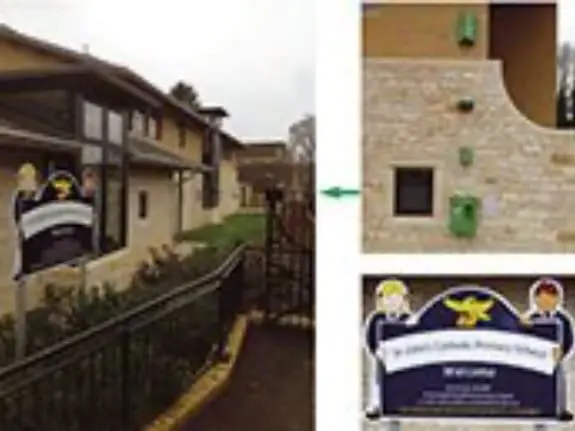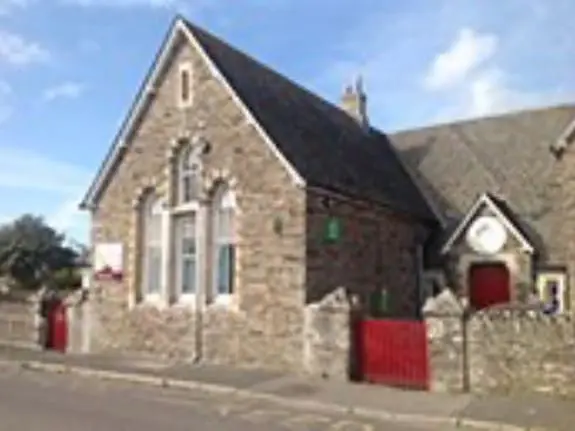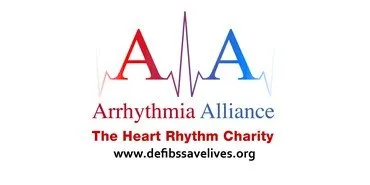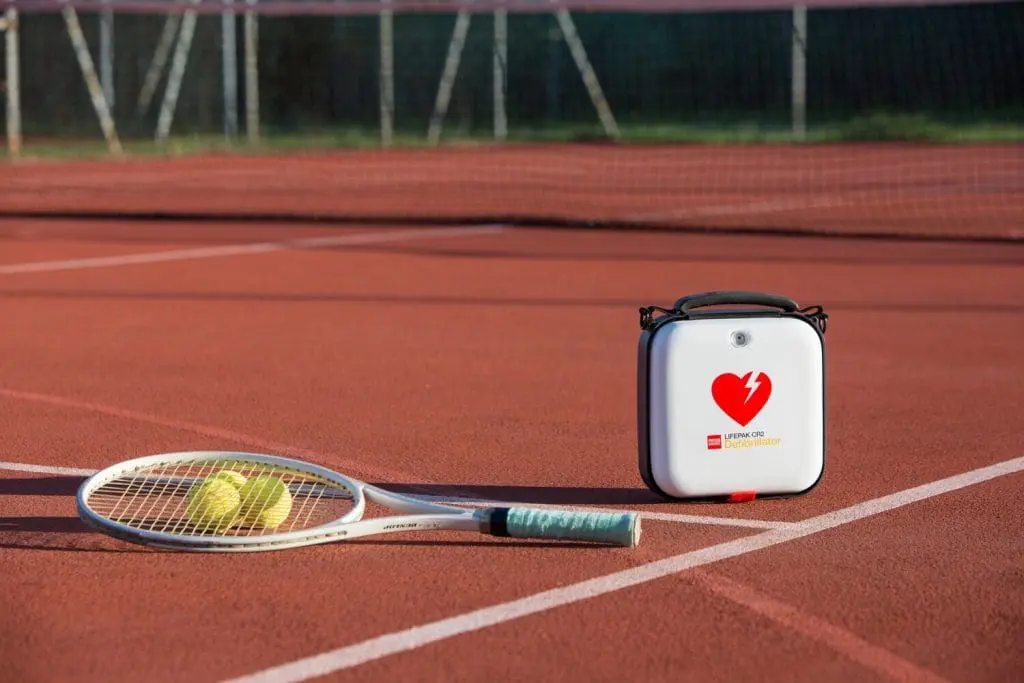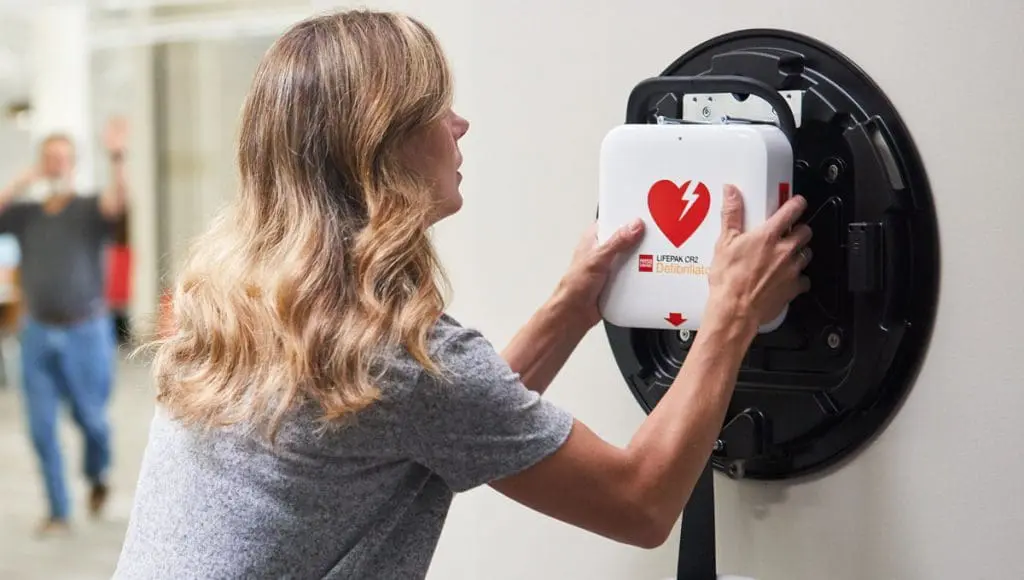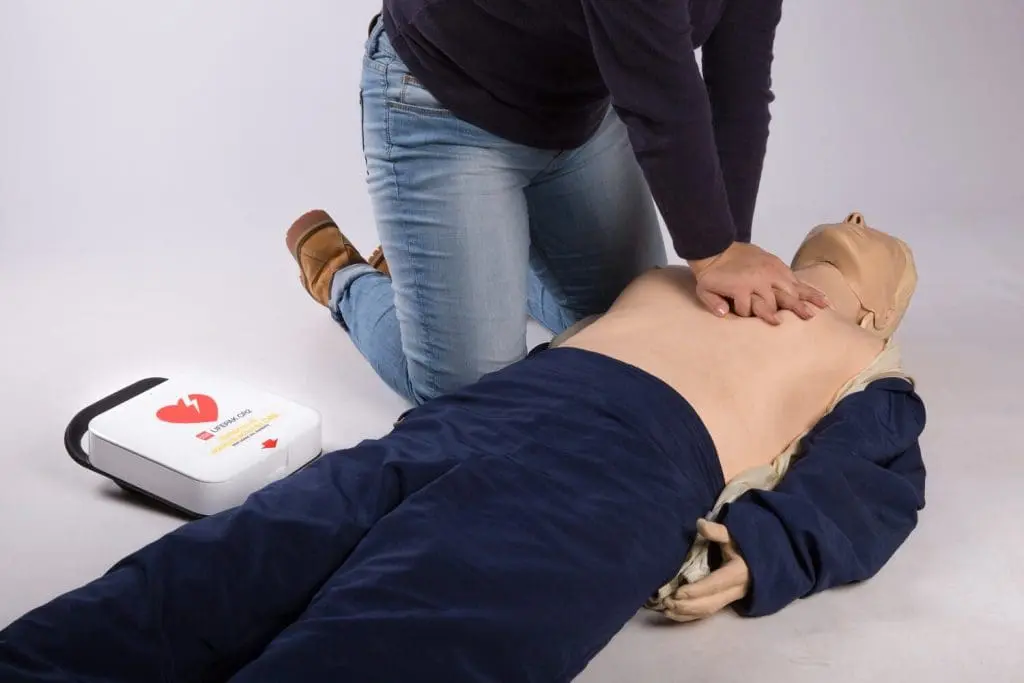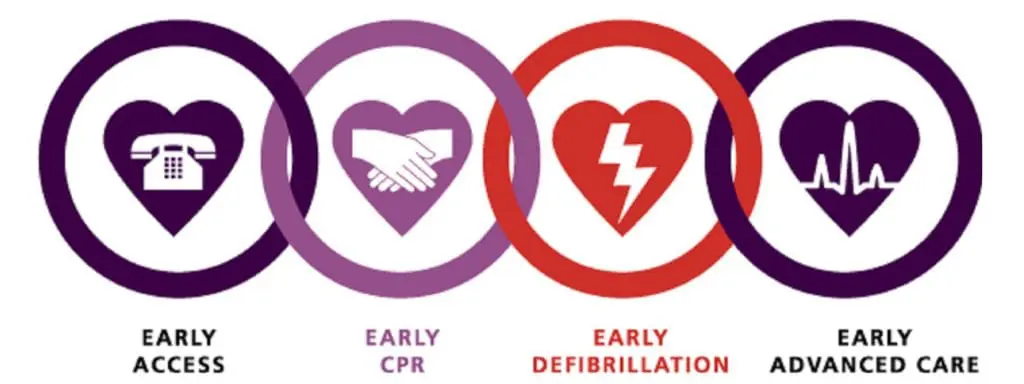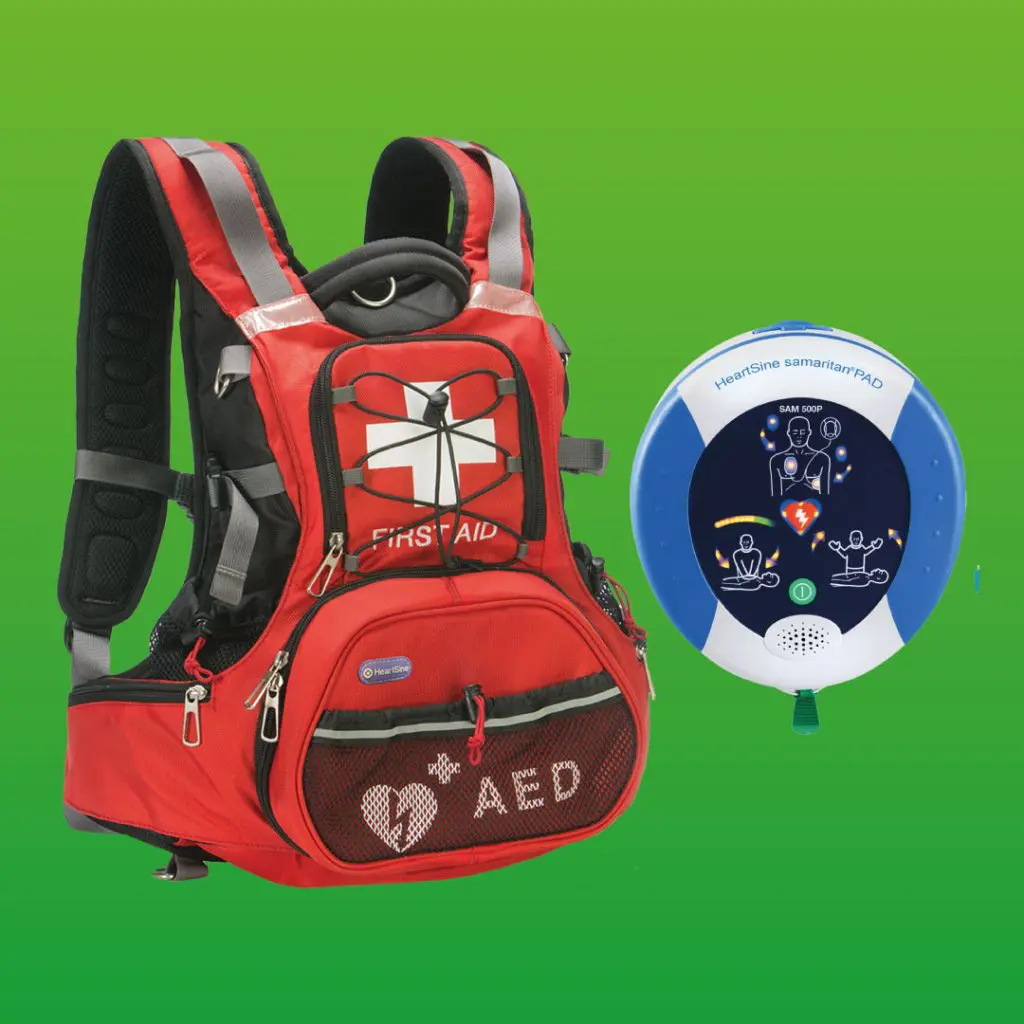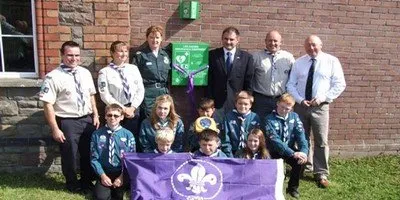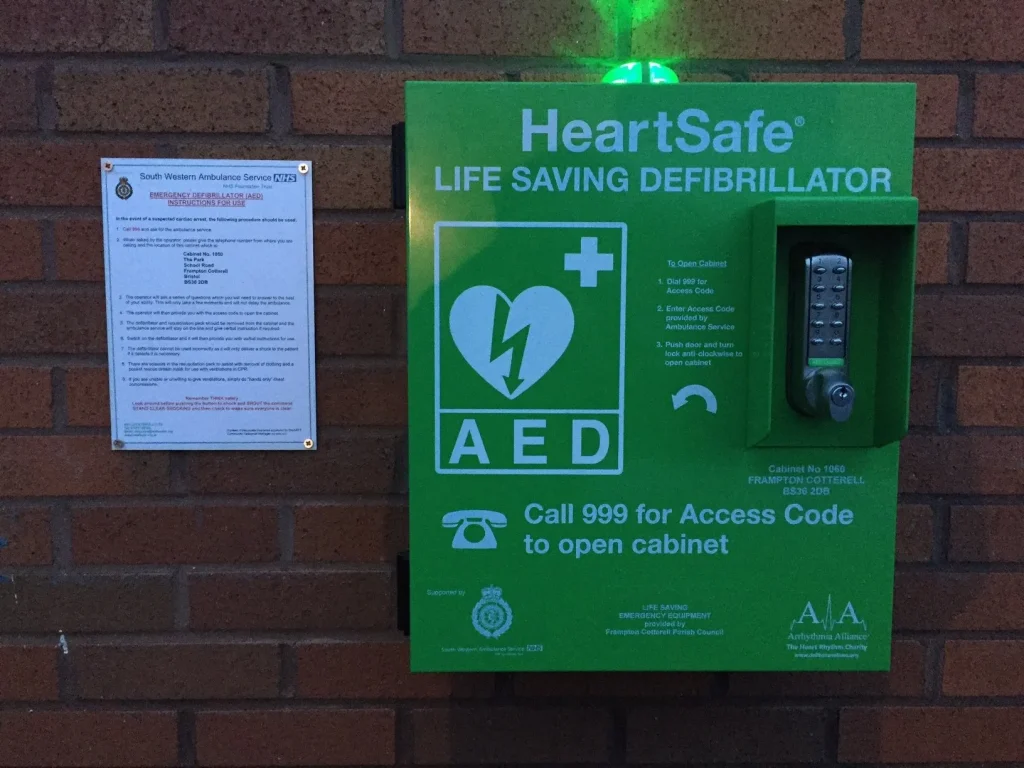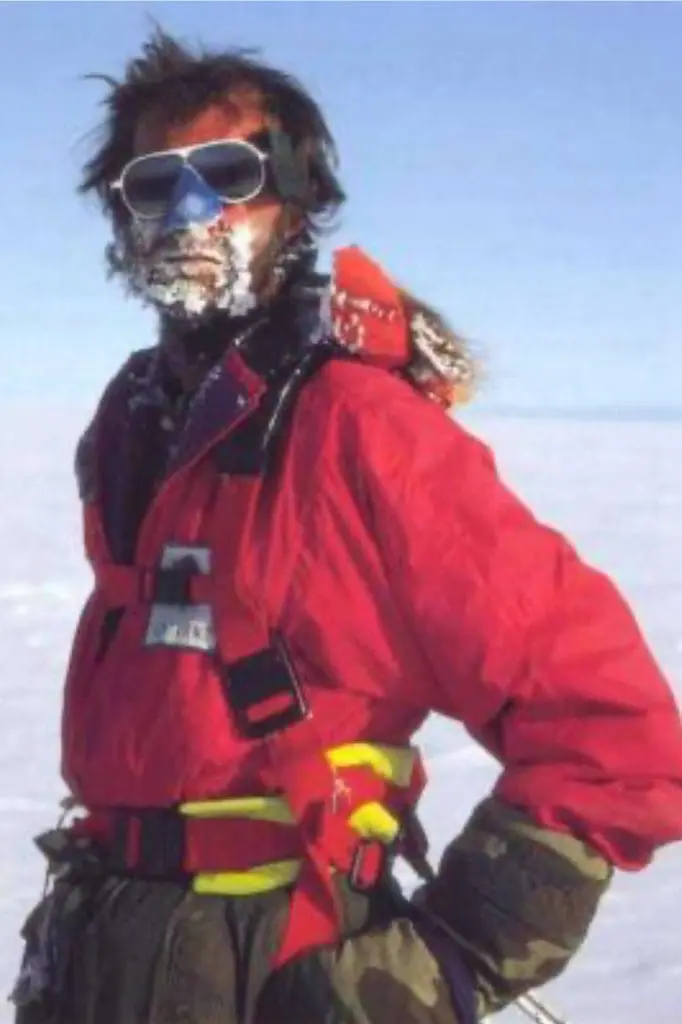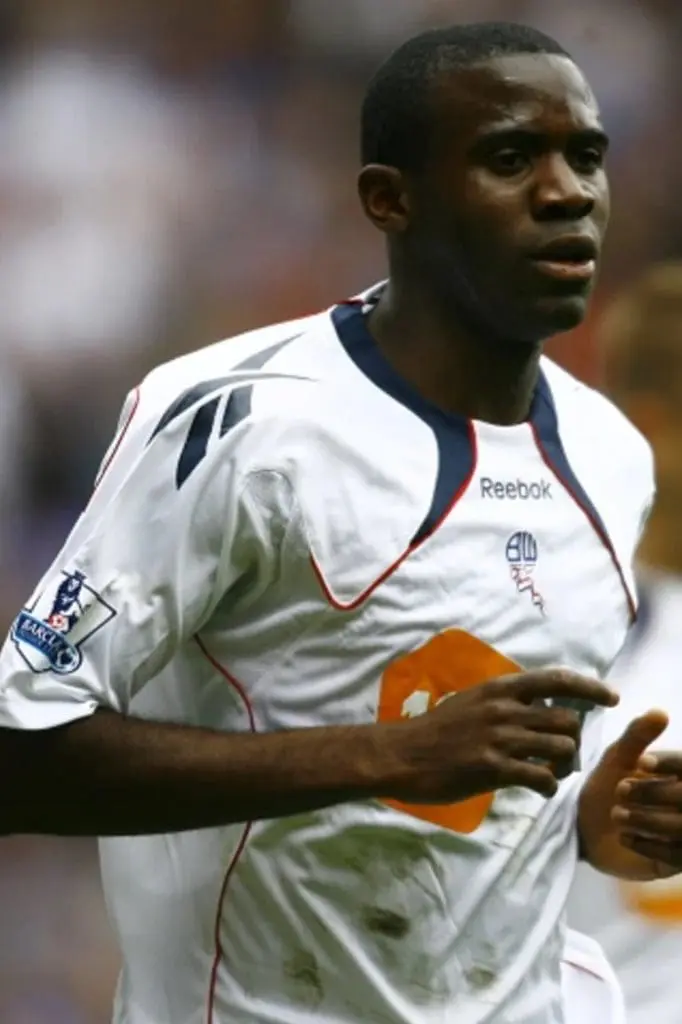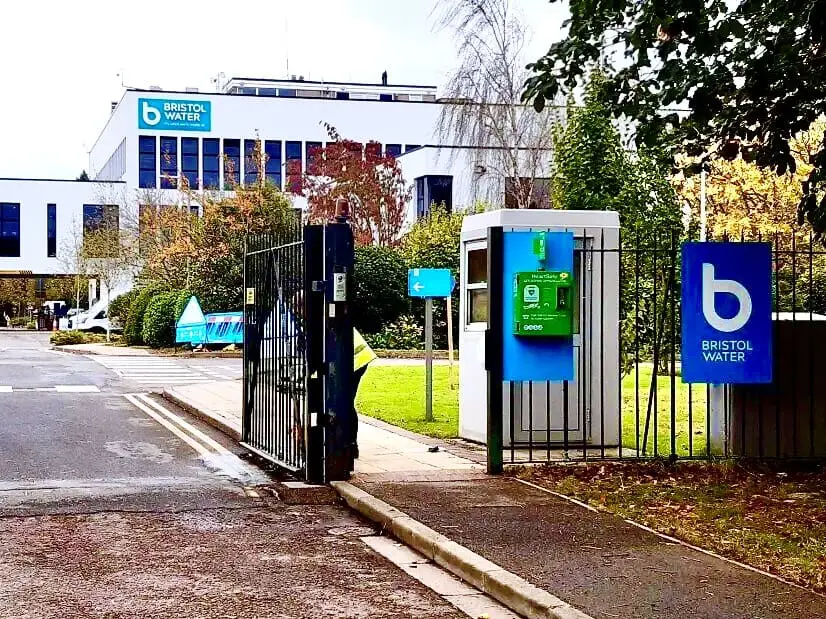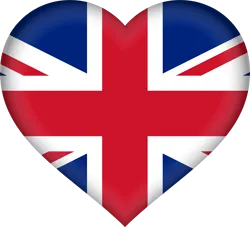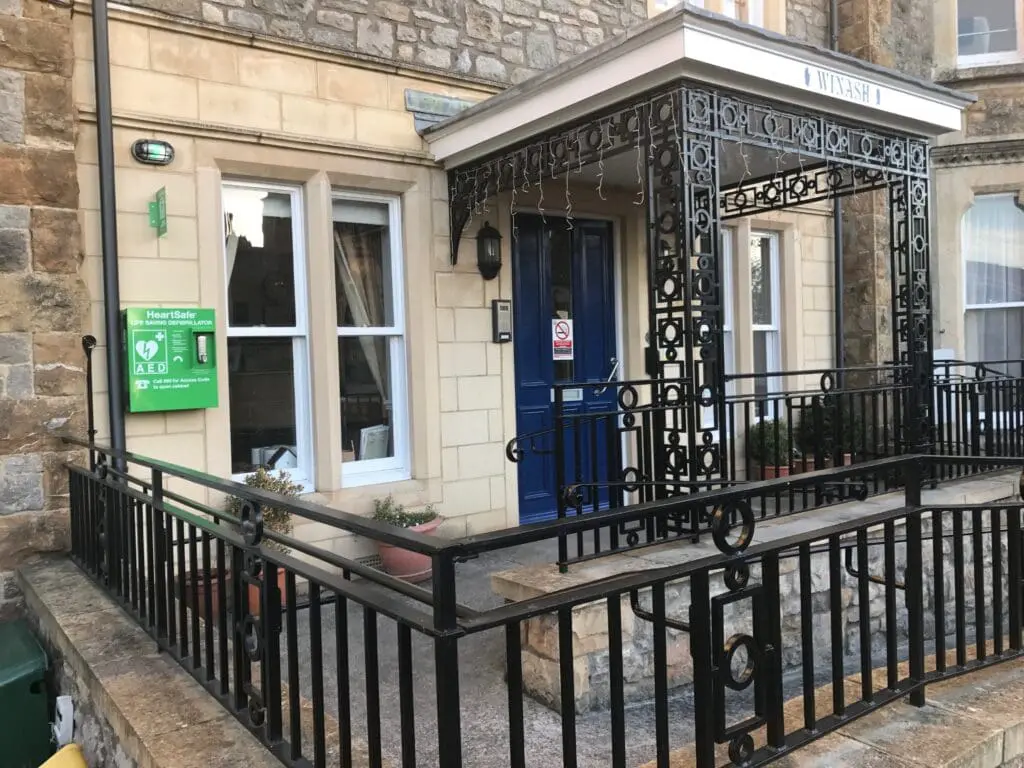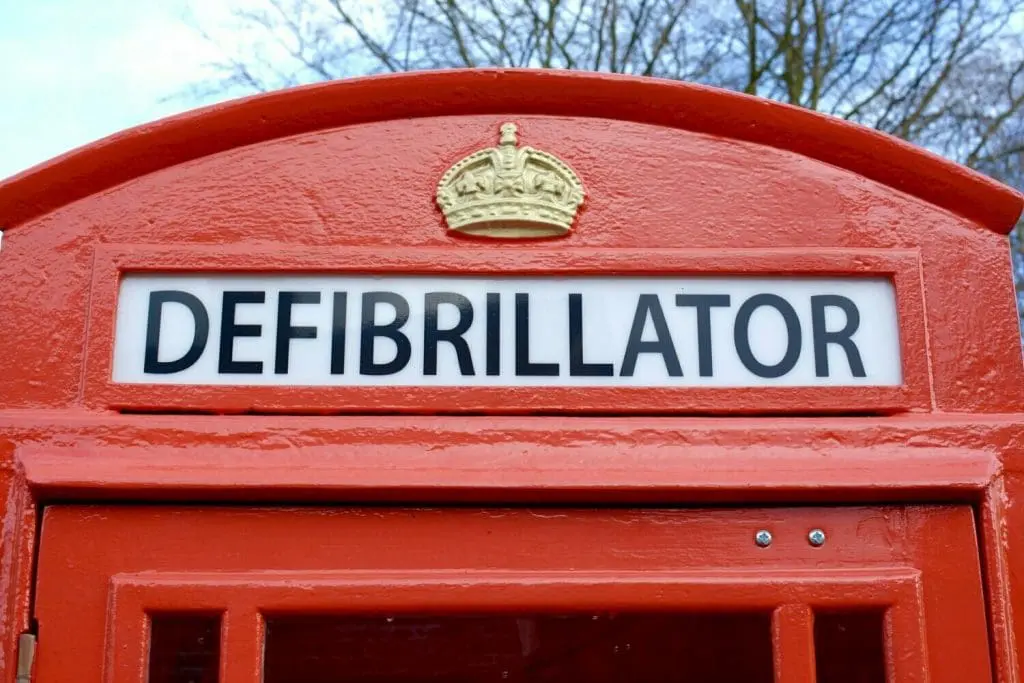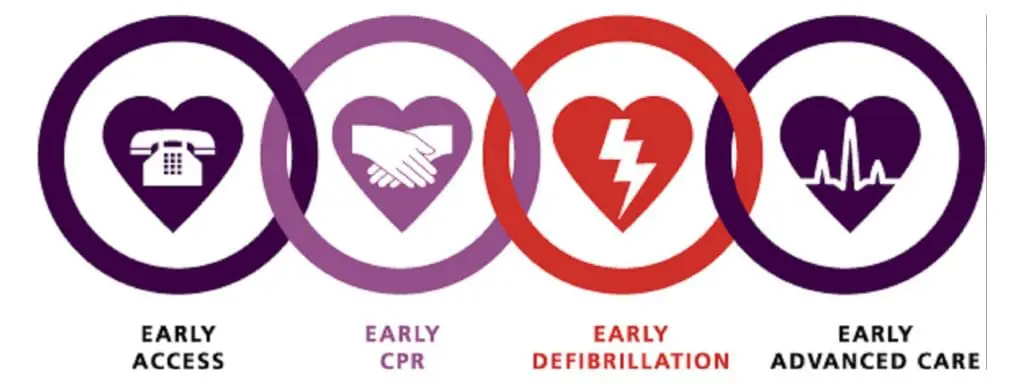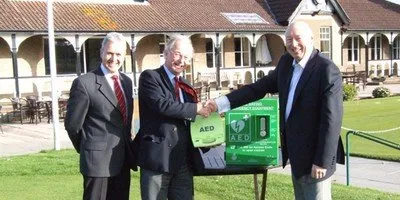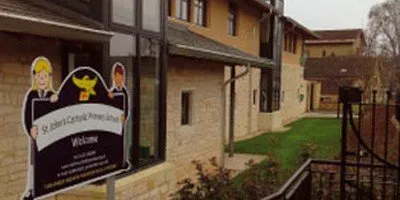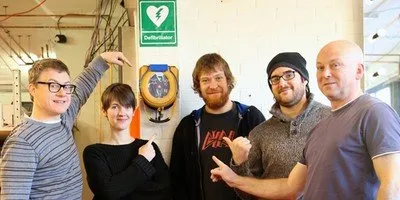AED Locations
The HeartSafe® AED Locator map lists the closest defibrillators near you in your business, sports club, school or community. First, search and find your nearest defibrillator location using your postcode in case of Sudden Cardiac Arrest (SCA). Then, find your nearest Heart Restarter.
MAP LOADING TIMES MAY VARY DEPENDING ON DEVICES AND INTERNET CONNECTIONS
Access 24-7
Limited Access
MAP ACCESS KEY
Click the icon in the map and an “information bubble” will appear showing the location of the defibrillator including access information. GREEN Hearts indicate public access defibrillators that are always available 24 hours a day, seven days a week. ORANGE Hearts indicate limited access defibrillators – the “information bubble” will show which days/hours the defibrillator is available for public use.
Life saving defibrillators can be clearly identified in their prominent green cabinet and green overhanging sign, the colour recommended by the international Resuscitation Council.
ABOUT THE AED LOCATOR MAP
The AED locator map offers the public the opportunity to check in their community where defibrillators are closest to your place of home or work. The map identifies defibrillators that are registered by their owners throughout the UK and are listed on the map as they are happy to share access in the event of a sudden cardiac arrest. Anyone owning or providing a defibrillator to their community can freely register it’s availability here.
The map is to encourage people to learn the whereabouts of their nearest defibrillator in advance of ever needing to use one in an emergency. Having this knowledge will save time once you ring 999 and make contact with the emergency services.
The HeartSafe cabinets that are located throughout the uk are clearly identified with the exact address of their location with postcode. We are currently encouraging all cabinets to be registered using the what3words location. Our goal is for every member of the public to have quick and immediate access to a local defibrillator. Saving time saves lives, with Christian Eriksen being the most recent high profile example witnesses by the world during EURO 2020.
REMEMBER, in an emergency always report the suspected SCA immediately to the Ambulance Service…
Call 999 and follow their instructions.
If you are looking to place a new Public Access Defibrillator in your community, HeartSafe® recommend the Heartsine 500P with its unique CPR feedback – watch the video to see it in action.
HeartSafe® AED Locator recommends the British made HeartSine 500P defibrillator. HeartSafe® believe the HeartSine Samaritan 500P with its unique ICG technology is second to none when saving lives by in experienced helpers. It is specifically designed for lay people with little or no training as well as trained personnel. It is the only defibrillator to provide accurate CPR feedback to the user. Watch the video to the right – its awesome!
HeartSine 500P, click here to view other HeartSine models comparison chart. Contact us now to discuss HeartSine defibrillators for your community, home or work.
Important notice to guardians and PAD site owners
We need to maintain accurate information of your defibrillator availability and your AED location details. This will allow us to continue with your registration on the free AED Locator map. Please help us by re-registering your AED here as soon as possible. Your prompt assistance in this matter will help us to keep your community safe and support this local service.
Our Recommended Defibrillator For Sports Clubs
HeartSine Rucksack with 500P Defibrillator
As part of our push to get to ensure lives are saved within both amateur and professional sports clubs. HeartSafe recommends the HeartSine P500 Defibrillator. This defibrillator has been voted by HeartSafe AED Locator as the number 1 AED (automated external defibrillator) to save lives, no matter if someone has had any formal training or not… This is designed specifically for lay people with little or no training. Place an order today to participate in our sports clubs defibrillator special
AED LOCATOR MAP FAQs
No, the map shows PAD sites that have been registered by caring owners who wish to share their defibrillator with the community. There may be many hundreds of non-registered defibrillators. In a emergency call 999 and the ambulance service will advise you on what to do.
We request a monitoring guardian who monitors each PAD to ensure it is rescued ready at all times. There is no guarantee that it will be there when you need it as it may have been recently deployed and awaiting a returned to service.
We recommend an initial discussion to establish the best location and type of housing for your defibrillator. Do not rush and make a quick purchase until you have received professional advice to ensure your investment is made correctly using the best proven products with longest warranty.
A frequently asked question, HeartSafe defibrillators are provided with instructions on how to return your AED to its cabinet or owner. There also may be instructions held with the defibrillator that you use. Remember, early returns can save lives!
Your actions in giving voluntary assistance to the best of your ability in the quickest way possible is all that can be asked. Remain online when talking to the ambulance service for instructions.
Heartsafe recommend the Samaritan 500p because of its ICG (Impedance cardiography) with accurate CPR feedback. The defibrillator verbally instructs you in both speed and strength of the compressions insuring you provide quality CPR.
See how this defibrillator works.
Heartsafe’s team is here to help you find the right defibrillator for your community. See our defibrillator packages today.
Once you have purchased a defibrillator you can register your defibrillator on our map.

